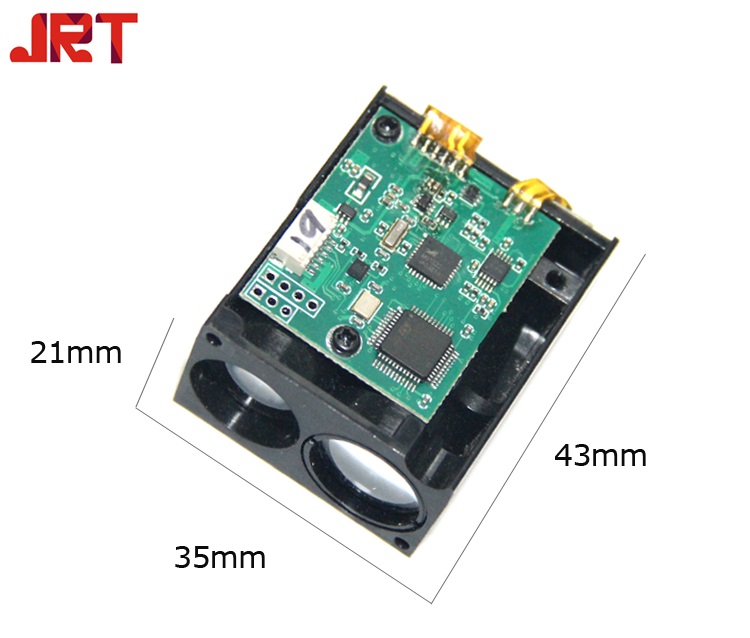First, use 2,4-D pollination. There are usually three methods of use: (1) spray method. Put the liquid in a small watering can, use a watering can to align the inflorescences that have opened 3 to 4 flowers, and cover the branches and leaves of the tomato with one hand to prevent the liquid from spraying onto the leaves and causing phytotoxicity. (2) Smear method. In the morning 8 to 10 am, use the brush to smear the inflorescence. (3) Dip method. Put the inflorescence into the bowl containing the liquid medicine, remove it immediately after immersing the flower stalk, and scrape off the excess liquid left on the flower to prevent the occurrence of deformed fruit. Regardless of the method used, each flower can only be processed once, and if it is repeated, it will form a deformed fruit.
Second, vibration pollination. In the greenhouse vegetable field, the oscillator is held, and the flowers that have been opened are vibrated in the sunny morning to promote the pollen escaping and fall on the stigma for pollination.
Third, the bumblebee pollination. Bumblebees can also visit flowers on cloudy days and at low temperatures, and are particularly suitable for pollinating winter greenhouse vegetables. The tomato flowering period is long, and two boxes of bumblebees should be placed in the greenhouse tomato per acre. Before placing the bees, check whether the gauze at the vents in the shed is flat. Do not wrinkle at the interface to avoid the bumblebee from dying. In the early flowering stage of the tomato, the beehives were placed in the center of the shed in the evening, and the beehives were 20 to 40 cm above the ground. Be careful not to spray pesticides during bees.
Disclaimer: Some articles on this website are transferred from the Internet. If legal rights of third parties are involved, please inform this website. phone
10000Hz High Frequency LiDAR Module
10000 Hz is one of our 2021 new solutions products,which can be widely used in drone postioning, car anti-collision, intelligent traffic monitoring etc. with high accuracy. We support customized service of different frequency(100hz,200hz,300hz,400hz,1000hz,5000hz,10000hz etc.), you can choose the suitable design. And the LiDAR module is a small size with 43*35*21mm, customers can be integrated to their measure device easily. If you meed any documents(PDF files etc.) of JRT high frequency LiDAR distance sensor, please contact us now.

Some key features may help:
Accuracy: ±3~5cm(<50m) /±1%(>50m)
Range: 0.1-200m
Resolution: 1cm
Frequency: 100/200/400/1k/5k/10khz
Laser type: 905nm,Class I
Size: 43*35*21mm
Weight: 20g
Input voltage: 8-36V
lidar laser,LiDAR,High Frequency LiDAR Module,10000Hz LiDAR Module
Chengdu JRT Meter Technology Co., Ltd , http://www.rangesensors.com